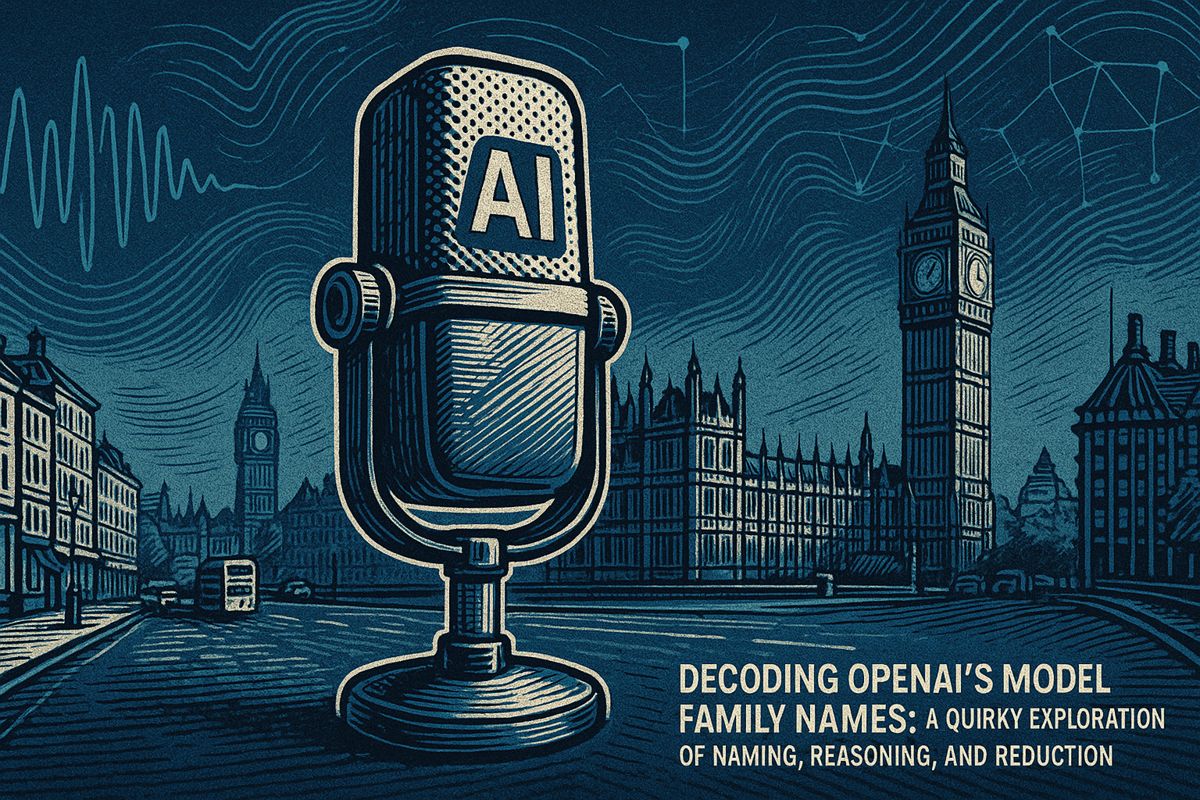Here’s the text with the most important phrase emphasized in markdown bold:
Mistral’s Magistral is a groundbreaking AI model suite designed for native multilingual reasoning, offering transparent and high-performance translation across languages like English, French, Spanish, and Arabic. With open-source and enterprise options, the tool provides a unique “chain of thought” reasoning capability that allows users to understand how it arrives at answers. The model comes in two versions – Small and Medium – with impressive performance metrics and the ability to handle complex linguistic tasks. Backed by significant funding and industry partnerships, Magistral aims to challenge traditional AI translation tools by providing more reliable and auditable multilingual communication. While some skepticism remains about its true reasoning capabilities, the model represents a promising step forward in breaking down language barriers.
What Makes Mistral’s Magistral Different from Other AI Translation Tools?
Mistral’s Magistral is Europe’s first AI model suite engineered for native multilingual reasoning, offering transparent, high-performance translation across languages like English, French, Spanish, and Arabic with open-source options, enterprise-grade features, and an innovative “chain of thought” reasoning capability.
The Language Barrier: From Hopscotch to Chess
It’s wild to think how far we’ve come. I still remember the days of wrangling legal briefs in three languages before lunch, working for an international law firm that seemed to think “AI translator” meant “random guesser.” French, Thai, German—each sentence was a puzzle, and most so-called tools had the subtlety of a sledgehammer. Carmen, our project manager, once tried to use the old system on a Spanish compliance memo. The result? A fever dream of legalese and surreal poetry. We laughed. We fixed it by hand. Frustration mingled with hilarity—my coffee nearly hit the ceiling.
Fast-forward to now: Mistral, a name echoing cold winds and code, has released Magistral, touting it as Europe’s first AI model suite engineered for true multilingual reasoning. Unlike its Anglocentric predecessors, Magistral claims to natively parse, reason, and respond in English, French, Spanish, Arabic, and more. No more hopscotch. Or so they say… The stakes here are more than anecdotal: in cross-border finance or healthcare, a mistranslation isn’t just an awkward metaphor, it’s a potential regulatory disaster.
I can’t help but wonder—is this finally the end of legal translation whack-a-mole? Or will we still find ourselves untangling logic lost in linguistic translation? That’s the question.
Magistral’s Anatomy: Concrete Features, Not Hype
Let’s get granular. Magistral comes in two flavors: Small and Medium. The Small variant is a beast at 24 billion parameters, fully open-source, and licensed under Apache 2.0. Available via Hugging Face since June 2024, it boasts a 128,000 token context window (optimal at 40,000)—try fitting War and Peace in there. Transparency isn’t just a checkbox; its “chain of thought” feature lets you audit decisions step by step, critical for anyone sweating over Sarbanes-Oxley or GDPR. The tactile click of keys as you scroll through its reasoning is oddly satisfying.
Medium, in contrast, is proprietary and built for enterprise: it’s accessible through Le Chat (yes, that’s a platform name, not a feline), various APIs, and cloud partners. Throughput clocks in at a brisk 1,000 tokens per second—no more watching your chatbot ponder the existential mysteries of your query. For regulated industries, that’s not just convenience, it’s oxygen. Mistral positions Magistral as Europe’s direct retort to the Silicon Valley behemoths, OpenAI and Google, with funding over €1.1 billion and more than $100 million in contracts sealed within 15 months.
Performance? Magistral Medium scored 73.6% on the AIME 2024 benchmark; Small hit 70.7%. Maybe not record-shattering, but solid footing for a model whose real value lies in reliable, auditable answers across languages. The Flash Answers feature? Ten times the token throughput of standard models, a velocity that’ll make any compliance team’s pulse quicken.
Reasoning or Just Chatter? The Debate
But here’s where the story gets spicy. Not everyone’s buying the multilingual magic. One early adopter commented, with a sigh only years in enterprise IT can produce, “10x inference for 10% improvements, and general usability goes down the drain. I personally do not see the use case for this.” It stings a bit, doesn’t it? Sometimes, more speed is just more hay, not necessarily more needle.
Industry doubts linger. Apple’s recent paper, “The Illusion of Thinking,” lobbed a pointed question into the arena: Are large language models like Magistral truly reasoning, or are they just expert mimics, spinning plausible stories from their training data? It’s confabulation, if you want the psychological term—a kind of digital déjà vu that feels real, but, well… isn’t. As much as I’d like to believe Magistral can render legal advice in Arabic while juggling compliance subtleties and quoting the Bundesgesetzblatt, the skeptic in me raises a brow.
Still, Magistral’s “chain of thought” feature is an earnest attempt to peel back the layers. If nothing else, it offers a rare chance to see a model’s logic laid bare—like watching a chess grandmaster play with transparent pieces. The promise is clear: you don’t just get an answer, you get to see how the AI arrived there (even if the route sometimes looks like spaghetti).
The Numbers, the Backers, and the Human Element
Mistral isn’t shy about its ambition. Backed by General Catalyst and boasting more than €1.1 billion in funding, the company has moved with a velocity that leaves me a little breathless: $100 million in contracts inked in fifteen months, and a suite of partners from law, finance, and healthcare clamoring for a seat at the table. The sheer velocity of investment feels like a drumbeat echoing through the corridors of Parisian venture capital. Flashy? Maybe. Substantive? Time will tell.
I’ll admit, I felt a flush of excitement—and a twinge of skepticism—reading about Magistral’s multilingual prowess. I’ve been burned before by promises of seamless cross-lingual AI, only to find myself back at square one, translating by hand and cursing under my breath. This time, though, the transparency and open-source approach suggest a shift. I may be wrong (I have been, spectacularly, in the past), but there’s a sense that this could be the real deal. Or at least a meaningful step.
So, will Magistral finally put an



















